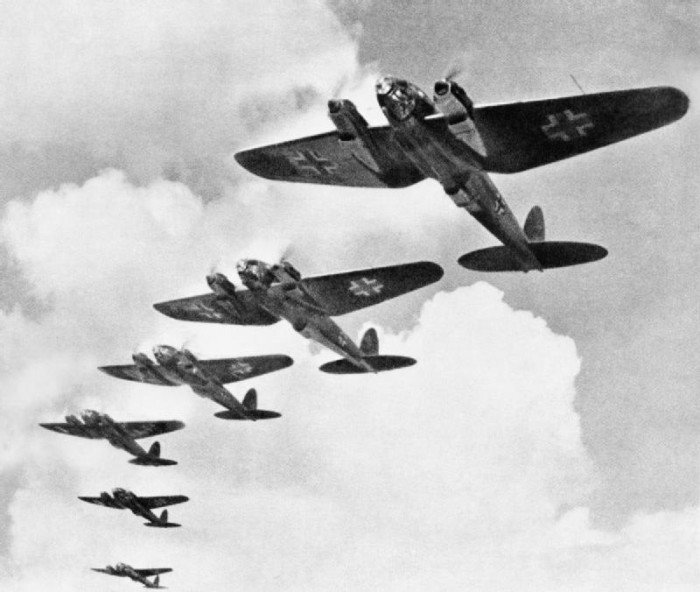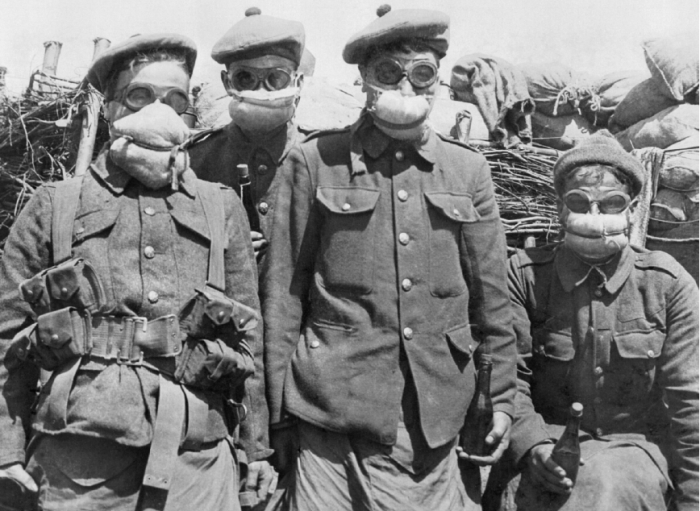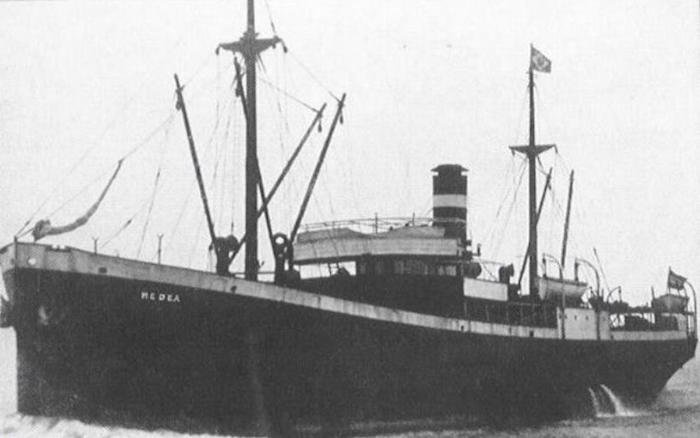The novelist William Le Queux is famous, or rather infamous, for beating the drum of the German invasion and spy threat before the Great War. But what did he do during the war? Unsurprisingly, he did much the same thing. On 28 February 1915, for example, The People published an article by Le Queux entitled 'HOTBEDS OF ALIEN ENEMIES AND SPIES IN THE HEART OF THE METROPOLIS. THE SCANDAL OF THE ALIEN ENEMY AND SPY IN OUR MIDST. HOME OFFICE TURN A BLIND EYE TO TREASON-MONGERS AND TRAITORS'. This was not a work of fiction, but rather a supposedly factual expose of 'the alien enemy in our very midst [which] will be read with amazement and disgust'. The disturbing revelations were the result of Le Queux's intrepid forays into the 'nests of Germans who, unchecked by the authorities, vilify Britain and openly pray for her downfall', right in the heart of darkness, i.e. 'the neighbourhood of Tottenham Court-rd. and Soho'. For example, he claimed to have sat in on a conversation (apparently posing as an Italian –– the mind boggles) between two men and a woman in a house on Tottenham Street:
They laughed the British Government to scorn, and declared that certain Ministers were Germany's friends. 'We shall win,' declared one of the men. 'The British Army will never re-enter Belgium. We have some surprises there for them, just as we have here in England when our Zeppelins come. All is prepared, and, at a given signal, these English fools will wake up with a start. We already have our hand upon these vermin here, and it will not be long before the Eagle will show its claws. Happily, the fools are asleep. We are not! We know every night what is happening. Tonight, at eight o'clock, there were five German aeroplanes between Dunkirk and Dover. But they are not coming to England.'
'How do you know that?' I asked, instantly interested.
The round-faced man, a typical Prussian, only smiled mysteriously behind his glasses, and refused to satisfy my curiosity.
Le Queux, of course, was able to verify that there were indeed five German aeroplanes near Dunkirk that night, and further that information was reaching the German spies in London on a nightly basis. And if more evidence was required, there was much more:
Everywhere I went, both around Tottenham Court-rd. and in Soho, I heard the same vile abuse of England, the same wild enthusiasm over German victories, the same blind, unshaken confidence in the German power to eventually crush us, and the same declaration that the bombardment of London from the air is only a matter of days, and that it will be the signal for terrible havoc and destruction to be worked in all our great cities by the army of secret agents who are 'lying low' awaiting the signal to strike, and thus produce a panic.
And so on. The point was, of course, to rouse the Home Office from its slumber, to force it to place 'the whole matter of enemy aliens and espionage [...] under the control of a central board with absolute power to crush it out, and so protect the State from a deadly peril which has permeated into every walk of our national life'.
...continue reading →





